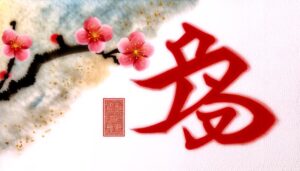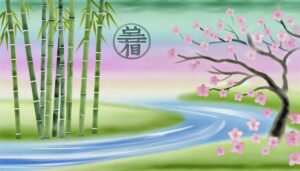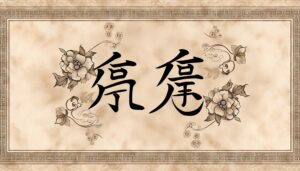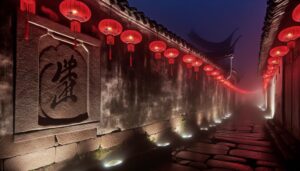Key Symbols of Chinese New Year
Chinese New Year is characterized by a variety of symbols, each steeped in cultural significance. Red lanterns, emblematic of the celebration, symbolize prosperity and ward off evil spirits.
Firecrackers have historical roots in driving away bad luck and signaling a prosperous new year. The Dragon Dance embodies strength, good fortune, and communal essentiality, while the twelve zodiac animals influence yearly traditions and individual horoscopes.
Red envelopes, containing monetary gifts, reflect wishes for happiness and good fortune. Plum blossoms represent resilience and renewal.
These symbols collectively illustrate the deep cultural values and hopes central to Chinese New Year celebrations, providing profound insights into its traditions.
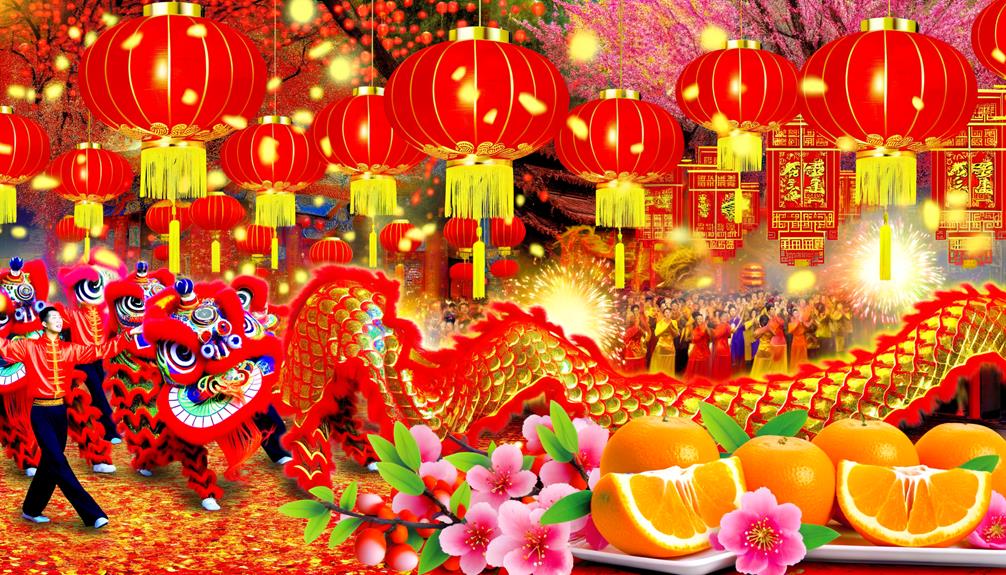
Key Takeaways
- Red Lanterns symbolize prosperity, good fortune, and dispelling evil spirits.
- Firecrackers signify driving away bad luck and welcoming prosperity.
- The Dragon Dance represents prosperity, strength, and good fortune.
- Red Envelopes are traditional gifts symbolizing good fortune and joy.
- Zodiac Animals influence customs and practices, imbuing the year with distinctive characteristics.
Red Lanterns

Red lanterns, emblematic of Chinese New Year, serve as potent symbols of prosperity, good fortune, and the dispelling of evil spirits. These lanterns, often crafted from red silk or paper, are ubiquitous during the festivities, adorning homes, streets, and public spaces.
The color red is significant in Chinese culture, symbolizing happiness and energy, making it an ideal choice for such a celebratory occasion. Historically, lanterns have been used not only for illumination but also as a means to ward off malevolent spirits. Intricate designs and auspicious characters often embellish these lanterns, further enhancing their significance.
The ritualistic hanging and lighting of red lanterns encapsulate the essence of hope and renewal, integral themes of the Chinese New Year.
Firecrackers
Firecrackers have a rich history dating back to ancient China where they were initially used to ward off evil spirits. Their cultural significance extends beyond mere festivity; they symbolize the driving away of bad luck and the welcoming of prosperity.
However, the use of firecrackers is increasingly regulated due to safety concerns, leading to changes in traditional practices.
Origin and History
Throughout centuries of Chinese tradition, the use of firecrackers during New Year celebrations can be traced back to practices intended to ward off evil spirits and bring good fortune. Historically, the origins of firecrackers are rooted in the legend of Nian, a mythical beast believed to terrorize villagers.
To scare Nian away, villagers would light bamboo stalks, creating loud cracking sounds. This evolved into the use of gunpowder-filled paper tubes after the invention of gunpowder in the Tang Dynasty (618-907 CE). The combination of loud noises and bright lights was thought to dispel malevolent forces.
Firecrackers thereby became an integral part of the ritualistic observances, blending folklore with technological advancements, and embedding themselves deeply in the customs surrounding Chinese New Year.
Cultural Significance
The cultural significance of firecrackers during Chinese New Year transcends mere festivity, symbolizing the collective hope for prosperity and protection against misfortune. Rooted in ancient traditions, firecrackers are believed to ward off evil spirits and bad luck.
The cacophony created serves to scare away the mythical beast Nian, ensuring a safe and auspicious start to the new year. The bright flashes and loud sounds are thought to attract the attention of benevolent deities, inviting blessings and good fortune.
This practice embodies a communal act of renewal, where families and communities come together to cleanse the past year's misfortunes and welcome a prosperous future. Firecrackers hold a deep-seated cultural and spiritual significance in Chinese New Year celebrations.
Safety and Regulations
Promoting the safe use of firecrackers during Chinese New Year necessitates a thorough understanding of local regulations and safety protocols. Authorities in many regions impose strict guidelines to mitigate risks associated with firecracker usage. These include designated areas for ignition, specific time frames when firecrackers can be used, and age restrictions on purchasers.
Additionally, the quality of firecrackers is regulated to guarantee they meet safety standards. Adequate public awareness campaigns aim to educate citizens on proper handling techniques and emergency response measures. Compliance with these regulations not only enhances public safety but also preserves the festive spirit.
Individuals are encouraged to stay informed and adhere to these guidelines to prevent accidents and ensure a joyous celebration.
Dragon Dance
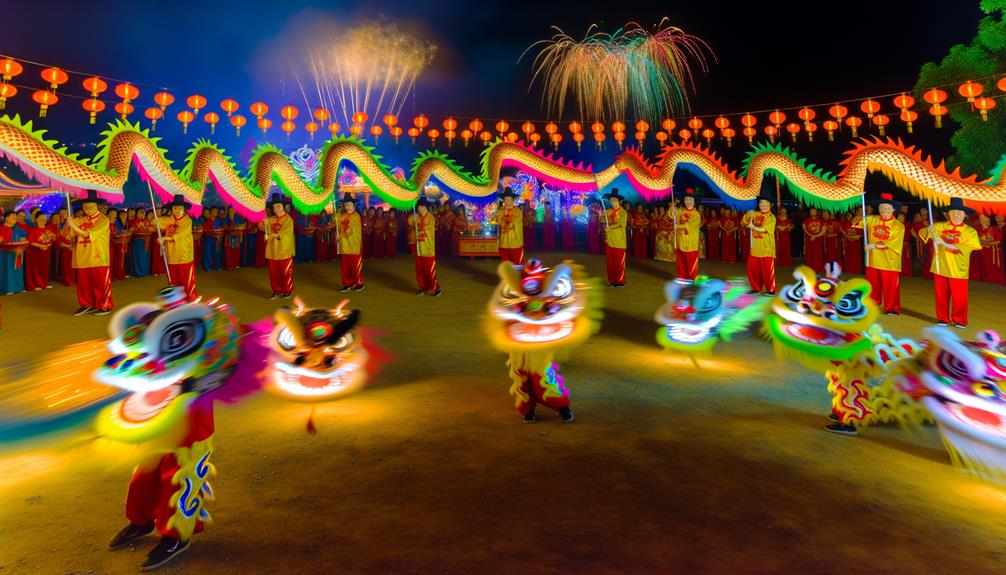
Embodying the vibrant spirit of Chinese New Year, the Dragon Dance serves as a mesmerizing symbol of prosperity, strength, and good fortune. Integral to the festival's celebrations, this dynamic performance features a team of skilled dancers who maneuver a large, elaborately crafted dragon figure, often extending several meters in length.
The dragon, made from materials like bamboo, fabric, and paper, is designed to undulate smoothly, simulating the creature's mythical movements. Accompanied by rhythmic drumming and clashing cymbals, the dance is believed to chase away evil spirits and invite auspicious energies.
Its origins trace back to ancient agricultural rituals, underscoring the dragon's revered status in Chinese culture as a harbinger of rain, fertility, and bountiful harvests.
Zodiac Animals
Complementing the dynamic energy of the Dragon Dance, the Zodiac Animals offer a rich tapestry of symbolism and tradition in Chinese New Year celebrations. Each of the twelve animals represents a year in a repeating cycle, imbuing that year with its distinctive characteristics. These animals serve not just as markers of time but as symbols of personality traits and destiny.
For instance, the Dragon symbolizes power and luck, while the Rabbit is associated with peace and elegance. The interplay of these Zodiac Animals influences various customs and practices, shaping individual horoscopes and guiding decisions, thereby weaving a nuanced cultural mosaic that enriches the festive period.
Red Envelopes
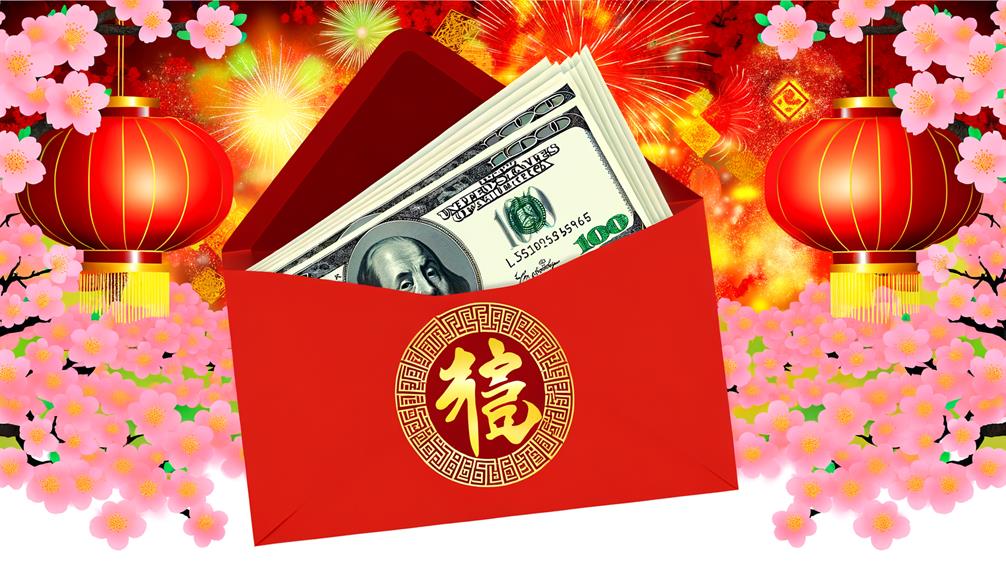
Red envelopes, or 'hongbao,' play a pivotal role in Chinese New Year celebrations, reflecting a rich historical significance and the deeply ingrained tradition of monetary gifts.
These vibrant red packets are not only symbols of good fortune and joy but also embody the cultural and familial values inherent in the practice of giving and receiving.
The color red itself, associated with prosperity and warding off evil spirits, further enhances the symbolic weight of these envelopes in the festive context.
Historical Significance
The historical significance of red envelopes in Chinese New Year can be traced back to ancient times. They were believed to ward off evil spirits and bring prosperity to recipients. Traditionally known as 'hongbao,' these envelopes are vibrant red, a color symbolizing luck and protection in Chinese culture.
Historical records suggest that red envelopes were initially used to deter a mythical creature known as 'Sui,' which threatened children during New Year's Eve. Elders would place coins inside red paper to safeguard the young. Over time, the ritual evolved into a broader cultural practice, encompassing blessings for health and fortune.
Therefore, red envelopes have transcended their original purpose, embodying a rich historical legacy intertwined with cultural values and ancestral beliefs.
Monetary Gifts Tradition
Integral to the festivities of Chinese New Year, the tradition of giving monetary gifts within red envelopes, or 'hongbao,' serves as a multi-faceted symbol of goodwill, economic fortune, and familial respect.
These envelopes are customarily given by elders to younger family members, symbolizing the transmission of prosperity and blessings across generations. The practice underscores the importance of family unity and the cultural emphasis on auspicious beginnings.
The amount of money enclosed is typically an even number, as odd numbers are associated with funerals. This exchange not only fosters intergenerational bonds but also acts as a tangible wish for success and happiness in the coming year, reinforcing social ties and communal harmony within the larger framework of Chinese cultural values.
Symbolism of Red
Often revered in Chinese culture, the color red in the context of red envelopes is imbued with profound symbolism, representing luck, joy, and prosperity. Red envelopes, or 'hongbao,' are traditionally given during Chinese New Year as a means to bestow blessings and good fortune. The color red is believed to ward off evil spirits and bad luck, making it a powerful emblem in festive celebrations. This practice reflects deep-seated cultural values and collective aspirations for a prosperous year ahead.
| Aspect | Symbolism | Cultural Impact |
|---|---|---|
| Color (Red) | Luck, Joy, Prosperity | Wards off evil spirits |
| Red Envelope | Monetary Gift | Bestows blessings |
| Cultural Value | Tradition and Respect | Ensures good fortune |
Such traditions underscore the integral role of red in fostering communal harmony and hope.
Plum Blossoms
Plum blossoms, frequently celebrated for their resilience and beauty, symbolize the perseverance and renewal that are central themes of the Chinese New Year. Emerging in the depth of winter, these blossoms defy the cold, representing hope and the promise of spring.
In Chinese culture, their early bloom is seen as a metaphor for strength in adversity and the renewal of life. Historically, plum blossoms have been depicted in Chinese art and literature, often illustrating the virtues of endurance and purity. Their five petals are also symbolic, representing five blessings: longevity, prosperity, health, virtue, and peace.
Therefore, plum blossoms are not just ornamental but are deeply woven into the cultural fabric, embodying the spirit of the New Year.
Conclusion
The symbols of Chinese New Year—red lanterns, firecrackers, dragon dances, zodiac animals, red envelopes, and plum blossoms—collectively contribute to the festival's rich cultural tapestry.
While some may argue these symbols are merely traditional artifacts, their enduring presence signifies deep-rooted cultural values and communal harmony.
Each element encapsulates aspects of fortune, prosperity, and renewal, offering a thorough understanding of this vibrant celebration.
As a result, their significance should be appreciated in both historical and contemporary contexts.
